Video courtesy of the National Science Foundation and Twin Cities Public Television.
Secrets of Plant Genomes: Revealed!
Plant genome research is already revolutionizing the field of biology. Currently, scientists are unlocking the secrets of some of the most important plants in our lives, including corn, cotton and potatoes. Secrets of Plant Genomes: Revealed! takes viewers on a lively, upbeat journey that explores how these plants got to be the way they are and investigates how we can make better use of them in the future. Plant scientists are hard at work - in the lab, in the field and at the computer - to increase our understanding of nature. Secrets of Plant Genomes: Revealed! makes the study of plants exciting and relevant by showing how learning more about plants can improve our everyday lives.
You might also be interested in:
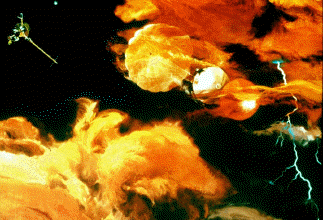
Jupiter's atmospheric environment is one of strong gravity, high pressure, strong winds, from 225 miles per hour to 1000 miles per hour, and cold temperatures of -270 degrees to +32 degrees (freezing temperature).
...more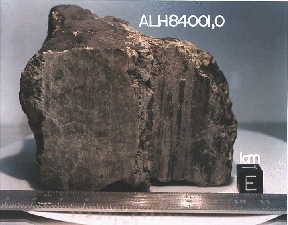
In July, 1996, it was announced that Dr. David McKay, along with a team of scientists at Johnson Space Center (a division of NASA), had discovered possible fossils of bacteria in a meteorite named ALH84
...more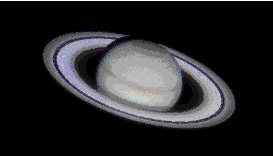
Saturn's atmospheric environment is one of strong gravity, high pressure, strong winds, from 225 miles per hour to 1000 miles per hour, and cold temperatures of -270 degrees to +80 degrees. With winds
...more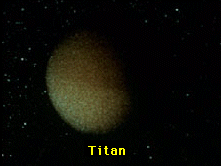
Titan's atmosphere is a lot like the Earth's, except that it is very cold, from -330 degrees to -290 degrees! Like the Earth, there is a lot of Nitrogen and other complex molecules. There also may be an
...more
Autotrophs are organisms that can "make their own food" from an inorganic source of carbon (carbon dioxide) given a source of energy. Most autotrophs use sunlight in the process of photosynthesis to make
...more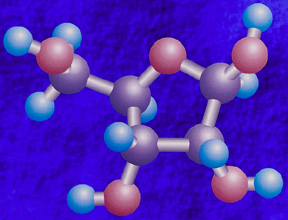
In the warm primordial ocean, aggregates of amino acids, proteins, and other hydrocarbons came together into a form called *coacervates*. Amino acids will spontaneously form coacervates in the same way
...more
Over a very long time, gradual changes in the earliest cells gave rise to new life forms. These new cells were very different from the earlier heterotrophs because they were able to get their energy from
...more













